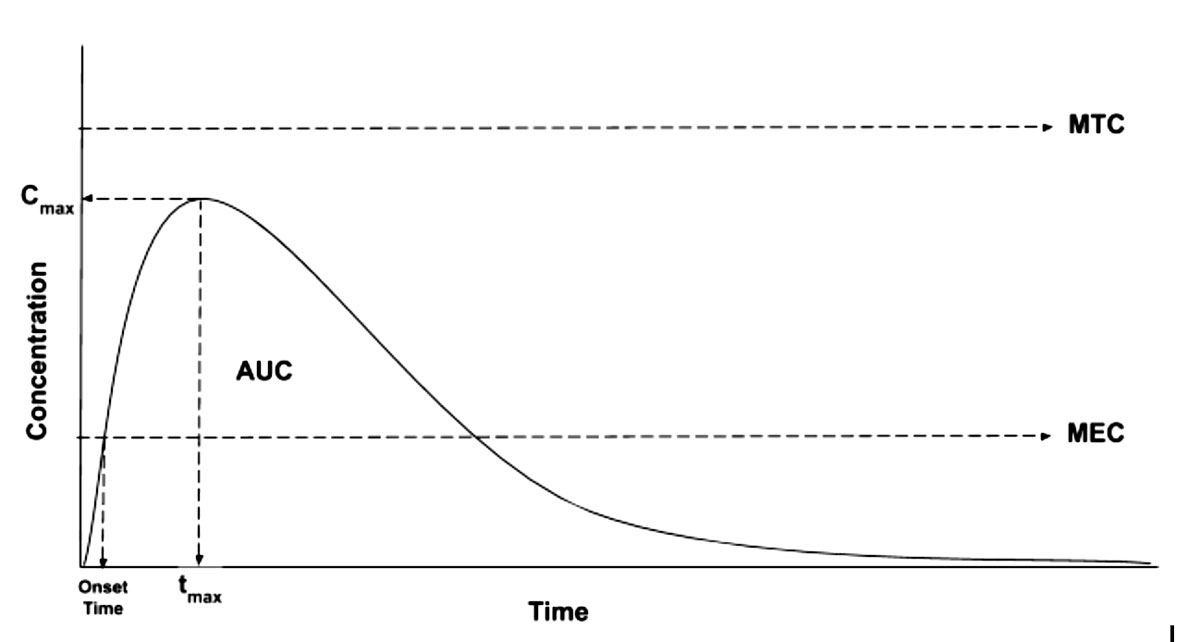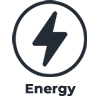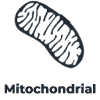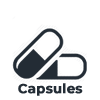For most of the steps discussed above, we have taken it upon ourselves to optimize the pharmacokinetics of our supplements for you. Whether it is unique liberation methods like with enteric coated gotu kola, optimized absorption methods like with cyclodextrin ALA, optimized distribution methods like with Longvida, optimized metabolism methods like with Curcumin + Piperine or optimized excretion methods like with PanaMAX, we have got you covered! This also means you have very little to worry about in terms of supplementation efficacy. This is why we often suggest to just take your supplements whenever is most convenient for you. However, there are some exceptions to the rule and those occur during the absorption stage.
When we take a supplement on an empty stomach, we can often see an increase in absorption speed. Without anything in your stomach, a supplement can quickly liberate and dissolve into our stomach fluid. From there it can absorb through the mucosal membranes in the stomach, or it can travel to the intestines quite rapidly. This is for example why you may feel the effects of caffeine faster on an empty stomach. The speed of onset can convey the feeling of a stronger effect, so this can be a preferable way to take supplements that have an acute effect. In fact, some supplements may actually experience an overall increase in magnitude of effects when they are taken on an empty stomach. To understand this better we have to look at two important factors:
● tmax: This is the amount of time it takes for a bioactive compound to reach its maximum serum concentration, which is referred to as Cmax. For example, if you take caffeine on an empty stomach, the time to tmax will be much faster than when taken on a full stomach or alongside a meal.
● Cmax: This is the highest concentration a given bioactive compound is able to reach and is generally studied in specific body areas. For example (these examples are not based on real data), after taking caffeine on an empty stomach it reaches Cmax at 1 hour, however, when taken on a full stomach, caffeine reaches Cmax at 2 hours.
This is where things do get a little bit complicated, but also quite interesting! The longer it takes for caffeine to reach tmax, the more opportunity there is for metabolism to occur. This means that in certain scenarios, a longer tmax time correlates with a lower Cmax value. However, in this scenario overall bioavailability is oftentimes not affected at all.

In this graph, we actually see a very nice representation of tmax and Cmax too! Before we dive into this graph, let’s describe some of the other abbreviation being used:
● Minimum Effective Concentration (MEC): This refers to the amount of a bioactive compound that needs to be in our serum, for us to experience any effects.
● Maximum Tolerated Concentration (MTC): This refers to the maximum amount of a bioactive molecule that can exist in serum before we start to experience diminishing returns. For example, if we have too much caffeine in our serum, we may start to experience jitters.
● Area Under the Curve (AUC): This refers to the total amount of a bioactive compound that becomes absorbed and is generally considered to be synonymous with ‘bioavailability’.
When we take caffeine on an empty stomach, the peak (Cmax) may be much higher. However, we may then also see a much steeper decline in serum concentration. On the flip side, if tmax is longer, then the peak (Cmax) may be lower. At the same time however, due to caffeine reaching Cmax at a slower rate, and reaching an overall lower Cmax, the clearance rate may also be slowed down. This means that the overall Area Under the Curve (AUC) remains the same. Long story short, this means that whether you take caffeine on an empty stomach or on a full stomach the overall bioavailability may be the same. The factors that will differ are the onset time (how fast do we reach MEC), the overall intensity of effects (how high does Cmax get) and the overall duration of effects (how long before we fall under MEC again). These are all important considerations when determining how and when to take a supplement. However, this often just comes down to personal preference which is why we do not often give recommendations on when to take a supplement.
One factor that may influence this personal preference is wanting to reach a certain Cmax while making sure we stay underneath MTC. If we take 100 mg of caffeine on an empty stomach, we may shoot up to Cmax at a very fast rate. Perhaps so fast, that we briefly reach slightly above MTC. This may cause some undesirable effects such as a brief period of jitteriness and perhaps some GI upset. There are two ways we can modify this. We could take a smaller dose of caffeine, let's say 75 mg on an empty stomach, but that may not reach adequate effects levels for us. So another option would be to take 100 mg of caffeine alongside a meal. This will increase tmax, and slightly decrease Cmax, however the overall AUC may stay the same. In this scenario, we may be able to circumvent GI upset and jitteriness, leading to an overall smoother and more desirable experience. In general, individuals seem to prefer taking supplements that have acute effects alongside a small snack as it may help smooth things out a little bit. This is especially true, if you are taking a few different supplements all at once.
So, with this all in mind, let’s put together a little checklist:










